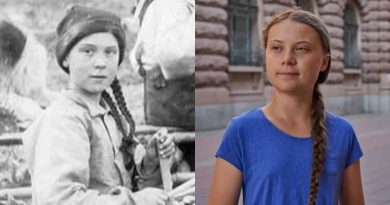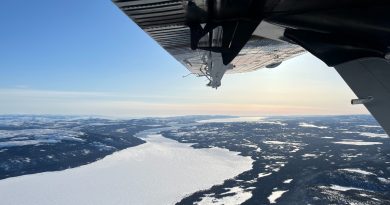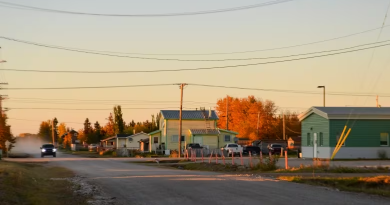Feds announce $23M to upgrade Wood Buffalo Park road and trails
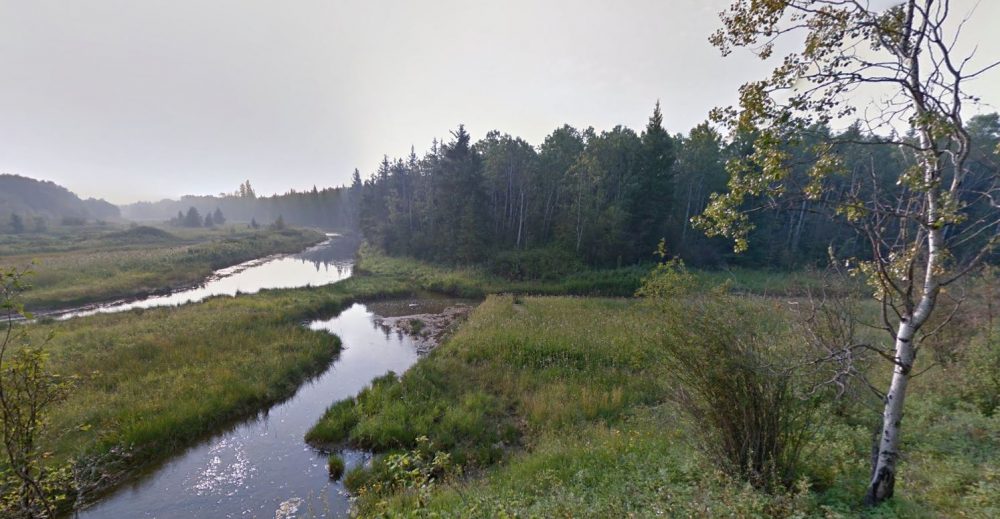
Visitors to Canada’s largest national park will soon have an easier time accessing the wonders of this UNESCO World Heritage Site in the Northwest Territories.
Catherine McKenna, the federal minister responsible for Parks Canada, which manages the country’s national parks and historic sites, announced Tuesday that Ottawa is investing over $21 million to upgrade the gravel part of the highway running through Wood Buffalo National Park.
The money will go towards converting the existing gravel surface into a tarred surface along a 64 kilometre stretch of Highway 5, the only all season-road traversing Wood Buffalo National Park and connecting the communities of Fort Smith and Hay River, NWT.
Wood Buffalo National Park, which straddles the border between the western province of Alberta and the Northwest Territories, is one of only two of Parks Canada’s sites accessible by road in the North.
It is the site of the last natural nesting habitat of the endangered whooping crane and is home to the world’s largest free-roaming herd of bison. Created in 1922 to protect the last herd of wood buffalo, the park was declared a UNESCO World Heritage Site in 1983.
Parks Canada works with 11 local Indigenous groups to cooperatively manage Wood Buffalo National Park.
“Today’s investments will provide Canadians with more opportunities to learn about and experience the diverse cultures and landscapes of the north, help improve the quality of life of our middle class as well as support the economic development and tourism sector in local northern communities,” McKenna said.
The upgrade is expected to be completed by spring 2018.
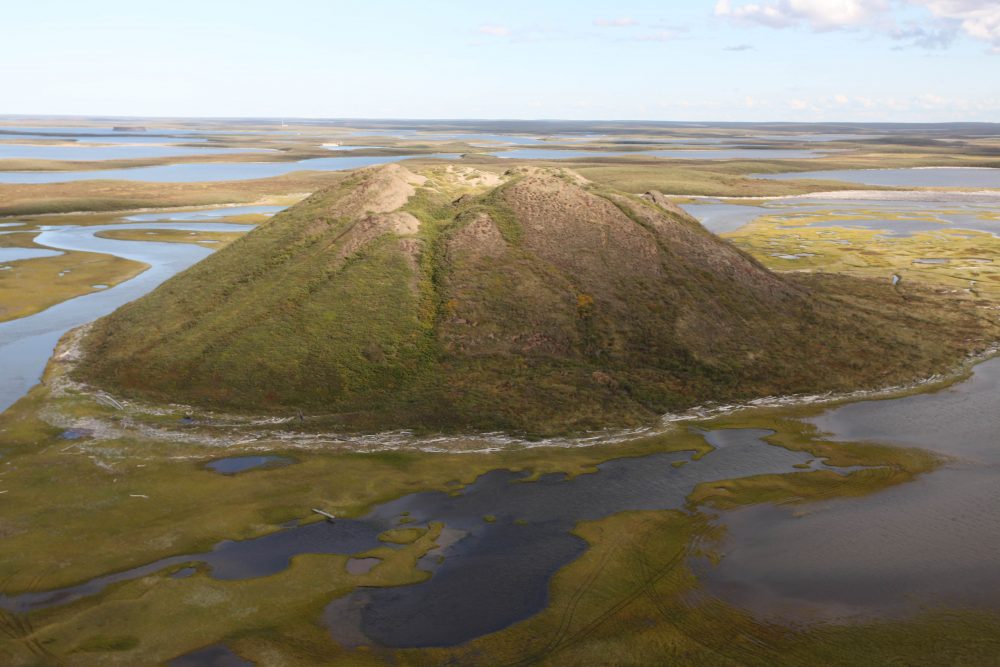
In addition, McKenna also announced that Parks Canada will be contributing $2.2 million in support to visitor services at Wood Buffalo National Park, including the revitalization of the trail network and the repairing of the docks and boardwalks at the Pingo Canadian Landmark, a protected area near Tuktoyaktuk.
The Pingo Canadian Landmark protects a unique arctic landform: ice-cored hills called pingos by the Inuit. Established under the Canadian Landmark program in 1997, the Pingo Canadian Landmark protects eight pingos, including Ibyuk, the world’s second tallest pingo, standing at 49 metres in height and 300 m across (its Alaskan cousin Kadleroshilik Pingo, located about 40 kilometres southeast of Prudhoe Bay, is the world’s tallest pingo, standing at 54 metres high).
“I am personally committed to creating a national park system that will enable more Canadians that include youth and newcomers to experience our great outdoors,” McKenna said, “and learn about our environment, and our heritage, because national parks belong to all Canadians.”
Related stories from around the North:
Canada: New national park planned in Canada’s High Arctic, Eye on the Arctic
Finland: Arctic parks among most visited in Finland, Yle News
Norway: Surfing in the Arctic, Barents Observer
Russia: Creating links across the Arctic – A look back on the Beringia Arctic Games, Eye on the Arctic
United States: Fish show traces of banned pesticides in some Alaska parks, Alaska Dispatch

